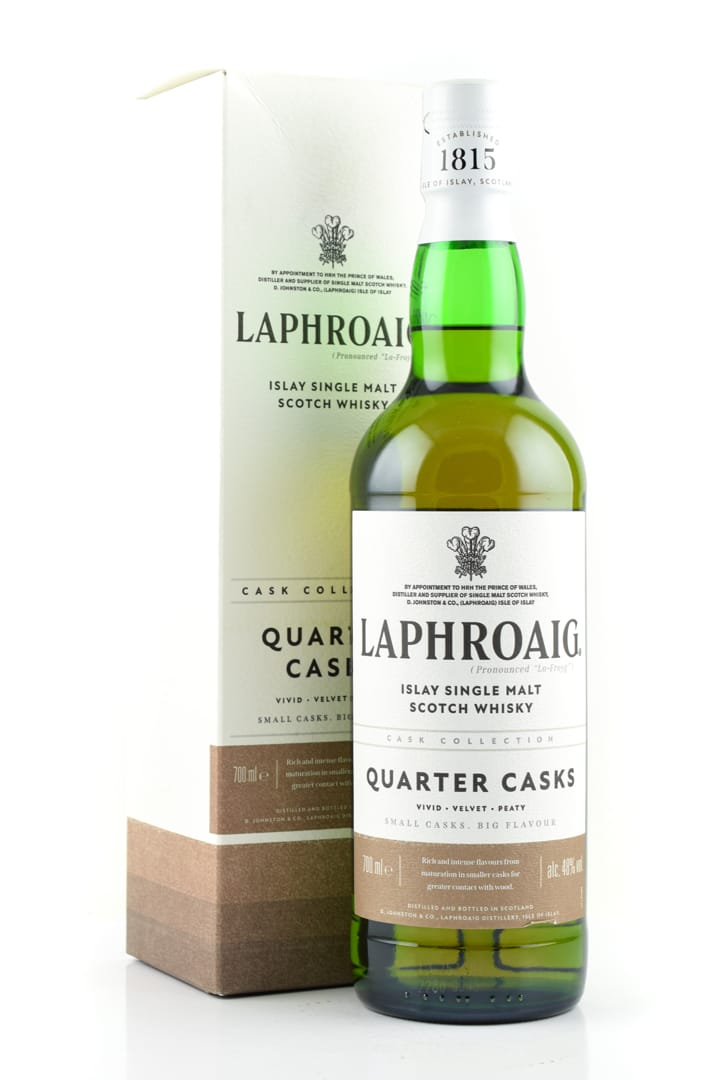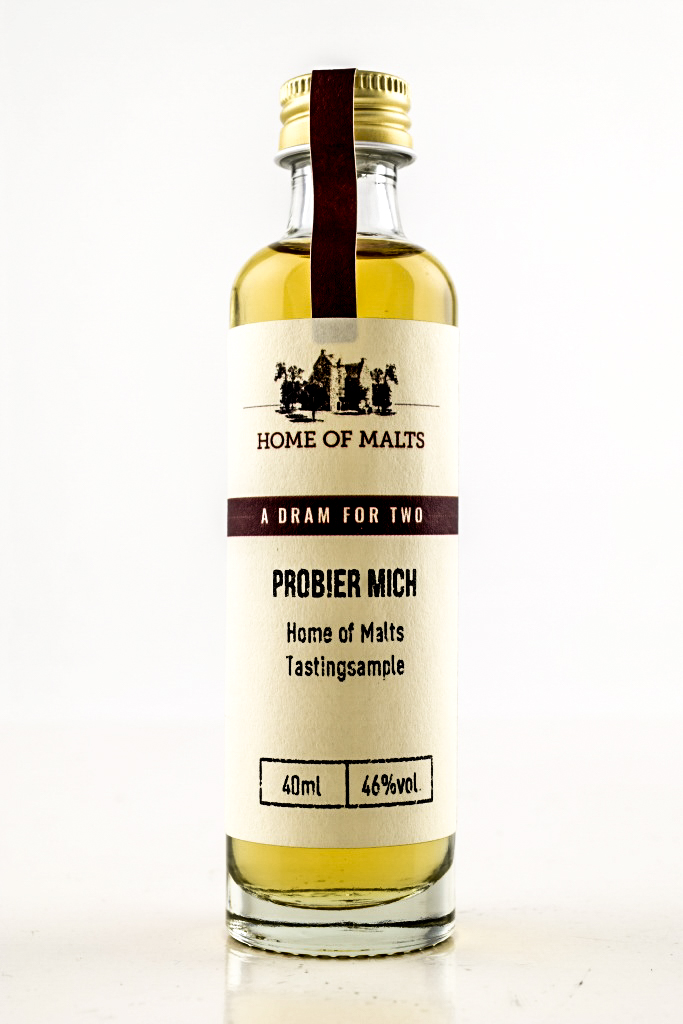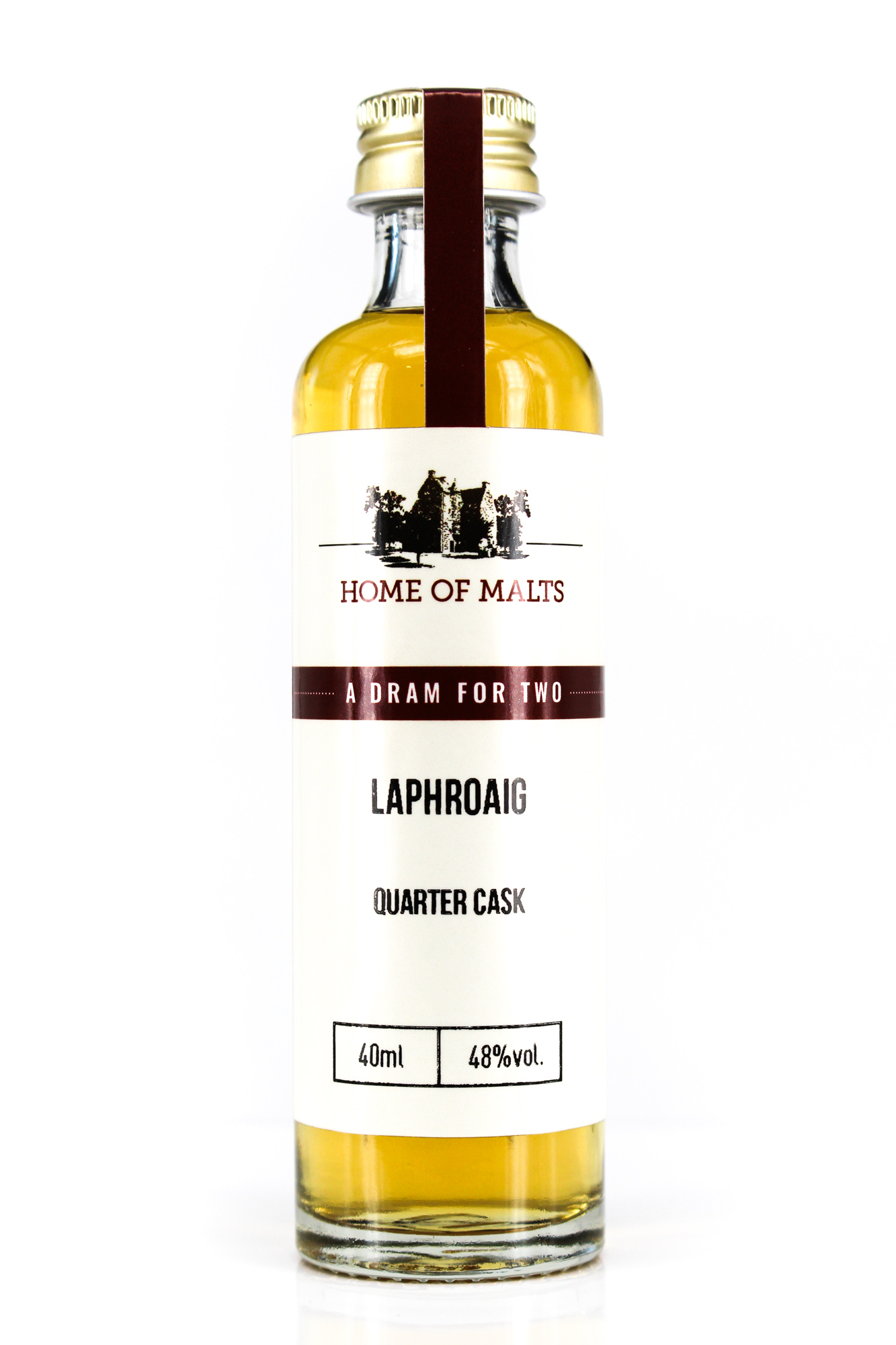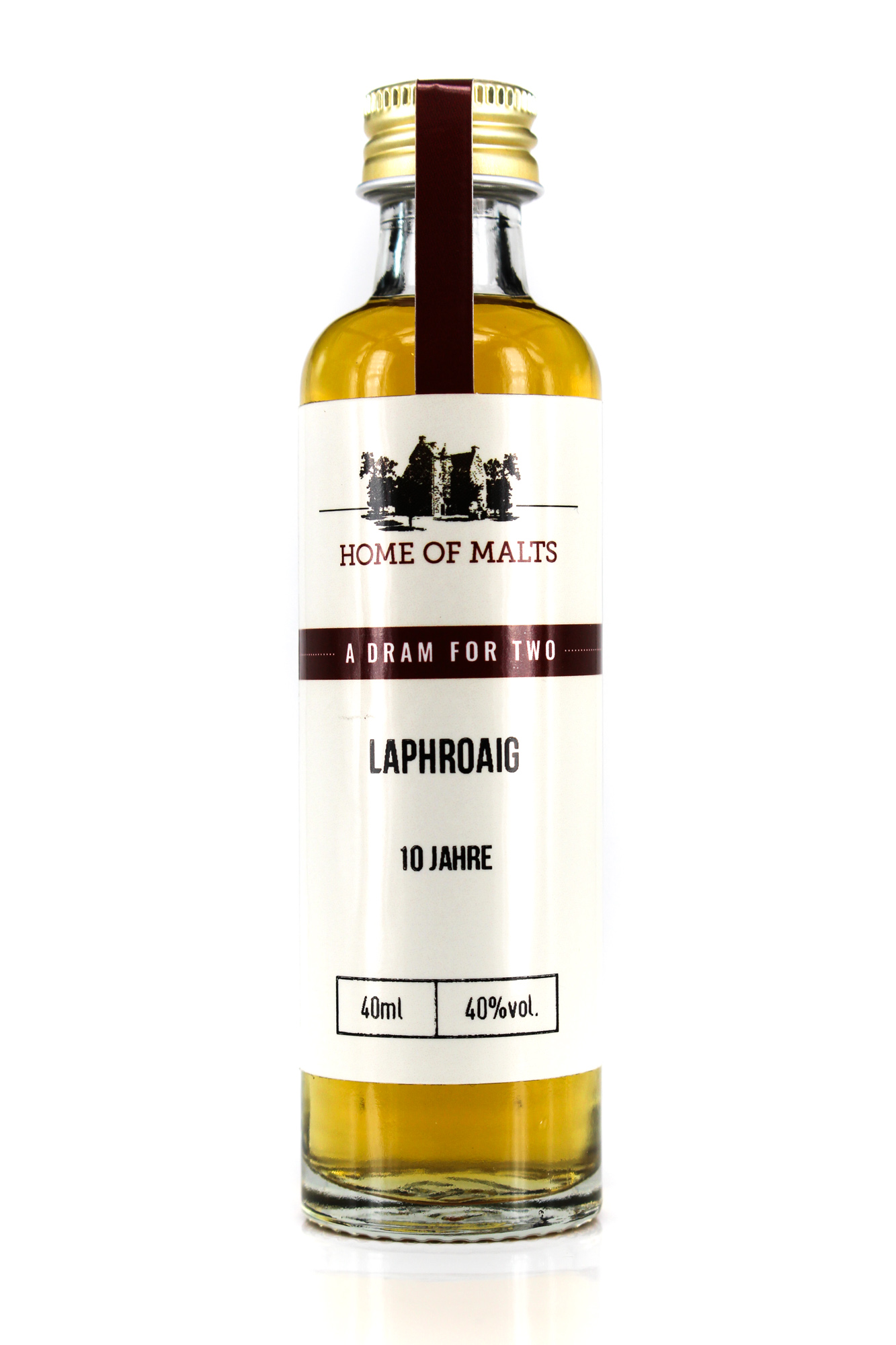- Scotch Whisky
-
Whisky
- Types of Whisky
- Whisky MIniatures & Samples
- Accessories
-
Distilleries / Brands
- Amrut
- Bushmills
- Connemara
- Jameson
- Johnnie Walker
- Jack Daniels
- Jim Beam
- Kavalan
- Nikka Whisky
- Paul John
- Redbreast
- Starward
- Suntory Whisky
- West Cork
- Waterford
-
All Distilleries / Brands
- Aberfeldy
- Aberlour
- Abhainn Dearg
- Aerstone
- Ailsa Bay
- Allt-à-Bhainne
- Amrut
- anCnoc
- Annandale
- Arbikie
- Ardbeg
- Ardmore
- Ardnahoe
- Ardnamurchan
- Armorik
- Arran
- Auchentoshan
- Auchroisk
- Aultmore
- Bain's
- Bakery Hill
- Balblair
- Ballantine's
- Ballechin
- Balmenach
- Balvenie
- Banff
- Basil Hayden's
- Ben Nevis
- Benriach
- Benrinnes
- Benromach
- Big Peat
- Bimber
- Black Bottle
- Black Rock
- Bladnoch
- Blair Athol
- Blanton's
- Booker's
- Bowmore
- Braeval
- Brora
- Bruichladdich
- Buffalo Trace
- Bulleit
- Bunnahabhain
- Bushmills
- Caledonian
- Cambus
- Cameronbridge
- Caol Ila
- Caperdonich
- Cardhu
- Carsebridge
- Chichibu
- Chivas Regal
- Clydeside
- Clynelish
- Coleburn
- Compass Box
- Connemara
- Convalmore
- Cooley
- Corsair Artisan
- Cotswolds
- Cragganmore
- Craigduff
- Craigellachie
- Crown Royal
- Cutty Sark
- Dad's Hat
- Daftmill
- Dailuaine
- Dallas Dhu
- Dalmore
- Dalwhinnie
- J.W. Dant
- Deanston
- Dewar's
- Dingle
- Drambuie
- Dry Fly Distilling
- Dublin Liberties
- Dufftown
- Dumbarton
- Eden Mill
- Edradour
- Eimverk
- Elijah Craig
- Elsburn
- Famous Grouse
- Fettercairn
- FEW Spirits
- Finlaggan
- Floki
- Four Roses
- Frysk Hynder
- George Dickel
- Ginkgo
- Girvan
- Glann Ar Mor
- Glasgow
- Glen Albyn
- Glen Elgin
- Glen Garioch
- Glen Grant
- Glen Keith
- Glen Mhor
- Glen Moray
- Glen Ord
- Glen Scotia
- Glen Spey
- Glenallachie
- Glenburghie
- Glencadam
- Glendalough
- Glendronach
- Glendullan
- Glenesk
- Glenfarclas
- Glenfiddich
- Glenglassaugh
- Glengoyne
- Glengyle
- Glenkinchie
- Glenlivet
- Glenlossie
- Glenmorangie
- Glenrothes
- Glentauchers
- Glentauchers
- Glenturret
- Glenugie
- Glenwyvis
- Grant's
- Green Spot
- Hakushu
- Hanyu
- Harris
- Hazelburn
- Heaven Hill
- Hibiki
- Highland Park
- Holyrood
- Hyde
- Ileach
- Imperial
- Inchgower
- Inchmurrin
- Invergordon
- Inverleven
- Jack Daniel's
- Jameson
- Jim Beam
- Johnnie Walker
- Jura
- Karuizawa
- Kavalan
- Kilbeggan
- Kilchoman
- Kilkerran
- Kingsbarns
- Kininvie
- Knob Creek
- Knockando
- Knockdhu
- Koval
- Kyrö
- Ladyburn
- Lagavulin
- Lagg
- Lantenhammer
- Laphroaig
- Lark
- Ledaig
- Lindores Abbey
- Linkwood
- Linlithgow
- Littlemill
- Loch Lomond
- Lochlea
- Lochside
- Longmorn
- Longrow
- Macallan
- Macduff
- Mackmyra
- MacNair's
- Maker's Mark
- Mannochmore
- Mars
- Michter's
- Midleton
- Milford
- Millburn
- Millstone
- Miltonduff
- Miyagikyo
- Monkey Shoulder
- Mortlach
- Nc'nean
- Nikka Whisky
- North British
- North of Scotland
- North Port
- Oban
- Octomore
- Old Ballantruan
- Old Forester
- Old Grand Dad
- Old Pulteney
- Paul John
- Peat's Beast
- Penderyn
- Pietra & Maleva
- Pittyvaich
- Port Askaig
- Port Charlotte
- Port Dundas
- Port Ellen
- Powers
- Puni
- Raasay
- Rebel Yell
- Redbreast
- Redemption
- Rittenhouse
- Rosebank
- Royal Brackla
- Royal Lochnagar
- Scapa
- Sea Shepherd
- Slyrs
- Smokehead
- Spey
- Speyburn
- Speyside Distillery
- Springbank
- St George's Distillery
- St. Kilian
- St. Magdalene
- Star Hill
- Starward
- Stauning
- Stork Club
- Strathclyde
- Strathisla
- Strathmill
- Sullivans Cove
- Suntory
- Talisker
- Tamdhu
- Tamnavulin
- Teaninich
- The Teeling Whisky Company
- Teerenpeli
- The Epicurean
- The Irishman
- The Quiet Man
- The Singleton
- Tobermory
- Togouchi
- Tomatin
- Tomintoul
- Torabhaig
- Tormore
- Tullamore Dew
- Tullibardine
- Tyrconnell
- Uitvlught
- Warenghem
- Waterford
- West Cork
- Westerhall
- Westward
- WhistlePig
- White Oak
- Wild Turkey
- Willett
- Wolfburn
- Woodford Reserve
- Writers Tears
- Yamazaki
- Yoichi
- Specials
- Countries
- Whisky recommendations
- Rum
- Gin
- Wine
- Spirits & Liqueurs
- New In
- Samples & Miniatures
- Gift ideas
- SALE
Laphroaig
Few single malt whisky has as much character as Laphroaig. Thestrongly smoky and maritime Islay whisky has its loyal fans worldwide. Strong smoke, sweet malt, seaweed and fresh fruit, the range of flavours in Laphroaig seems to know no bounds. They say of Laphroaig "you either hate it or you love it". Find out now and discover the legendary Islay distillery with the smooth Laphroaig 10 year old. You get more volume in the glass with the value-for-money hit Laphroaig Quarter Cask or the premium version, the Laphroaig Lore. Have fun!
Average rating of 4.6 out of 5 stars
Content: 0.7 Liter (€57.14* / 1 Liter)
Average rating of 4.5 out of 5 stars
Content: 0.7 Liter (€49.27* / 1 Liter)
Average rating of 3.8 out of 5 stars
Content: 0.7 Liter (€78.56* / 1 Liter)
Average rating of 5 out of 5 stars
Content: 0.7 Liter (€92.84* / 1 Liter)
Average rating of 4.6 out of 5 stars
Content: 0.7 Liter (€38.56* / 1 Liter)
Average rating of 5 out of 5 stars
Content: 0.7 Liter (€127.84* / 1 Liter)
Average rating of 2 out of 5 stars
Content: 0.04 Liter (€224.75* / 1 Liter)
Content: 0.04 Liter (€149.75* / 1 Liter)
Content: 0.7 Liter (€104.99* / 1 Liter)
Content: 0.7 Liter (€221.41* / 1 Liter)
Content: 0.04 Liter (€424.75* / 1 Liter)
Content: 0.7 Liter (€55.70* / 1 Liter)
Average rating of 2 out of 5 stars
Content: 0.04 Liter (€149.75* / 1 Liter)
About Laphroaig
What makes Laphroaig whisky so special? The whisky from the Laphroaig Distillery is a single malt like no other. The advert for Laphroaig once self-deprecatingly said "Your first glass may also be your last" - "Your first glass may also be your last". However, the fact that Laphroaig is not a run-of-the-mill whisky has apparently not done it any harm. On the contrary, Laphroaig skilfully plays with its premium, smoky character with a wink.
The distillery with its whitewashed old stone buildings is located in a picturesque bay on the legendary whisky island of Islay. Islay is known worldwide for its heavily smoky, peaty single malt whiskies. Laphroaig has played a major part in this reputation. The equally famous distilleries Ardbeg and Lagavulin are located in the immediate vicinity on the south coast. If you visit the Laphroaig Distillery on Islay, you will be guided through the own malting floors and the kiln. This is where the malt for Laphroaig is smoked and gets its very special Laphroaig character.
The strong smoky flavours of Laphroaig are described by some connoisseurs as medical. Maritime hints of seaweed, iodine, wet gravel and sea air resonate in Laphroaig whiskies. At the same time, you will also find fresh citrus notes, sweet caramel and numerous fruit tones in the famous Islay malt. On the palate, Laphroaig is astonishingly smooth and burns less than other representatives of its guild.
Fun fact about Laphroaig: During Prohibition in the USA, Laphroaig was allowed to be sold legally. This is because the stubborn Islay malt was sold as medicine, "for medical purpose only".
What does Laphroaig mean? A literal translation of the word Laphroaig could be "hollow of the white bay".
3 reasons to love Laphroaig
1) Because it's anything but boring.
2) Because medicine can taste good after all.
3) Because the first glass should not be the last.
What does Laphroaig whisky taste like?
Laphroaig has made it fun to collect the aromatic descriptions of its customers. Hardly any other whisky produces such unusual tasting notes as Laphroaig. For us, Laphroaig is simply Islay in a glass. The strong, slightly medical peat smoke blends with notes of iodine and sea air. On the palate, Laphroaig shows that the whisky can do far more than just smoke. Sweet malt, bright fruit and an exciting combination of oak, driftwood and brine resonate in almost all Laphroaig bottlings. We think every whisky fan should try Laphroaig at least twice in their life.
Here is a small selection of associations that have already been made when tasting Laphroaig: "like a horse stable in winter", "tastes like a pharmacy", "like a burning cowshed", "remnants of ash in a glowing fireplace", gauze, iodine, sea salt, hospital, diving suit, campfire, freshly tarmaced road on Islay... What are your first impressions?
Recommendations in the Laphroaig range
In fact, we can recommend the entire Laphroaig range to you.
The Laphroaig 10 year old is the flagship of the Islay distillery and a perfect introduction to the range. With a mild 40% vol. and a round 10 years of age, the Laphroaig 10 Year Old offers you a great experience. The peat smoke is complemented by liquorice and sea spray. The typical iodine, delicate oak, light-coloured fruit and black pepper await you on the palate.
The Laphroaig Select is the most affordable variant of the Islay distillery and is also suitable for beginners. It is also bottled at 40% vol. but lacks the age statement compared to the 10-year-old. In a direct comparison, we would probably go for the Laphroaig 10-year-old, but as we all know, tastes differ ;).
A great recommendation and alternative to the Laphroaig 10 year old is the Laphroaig Quarter Cask. This Laphroaig variant was matured in smaller casks, the quarter casks. As a result, the Laphroaig Quarter Cask has absorbed an extra portion of toffee and vanilla flavours. The increased drinking strength of 48% vol. also gives it more depth. The phenolic peat smoke mixes here with rum sweetness and cigar box. Simply delicious and a price-performance hit!
Do you fancy a portion of smoke and sherry? Then you have the choice between the Laphroaig PX Sherry and the Laphroaig 10 Year Sherry Oak Finish. The Laphroaig PX Cask is a generous variant for travel retail in a 1 litre bottle. The maturation in Pedro Ximenez sherry casks gives it great fruity flavours, marzipan and dark chocolate. The Laphroaig 10 Year Sherry Oak Finish, on the other hand, has an age statement of 10 years and was matured in Spanish Oloroso sherry casks. Barbecue flavours, bacon and maple syrup as well as spicy forest honey emerge from the glass. Both bottlings have an aromatic 48% vol. and are a recommendation. It's best to compare them directly.
The Laphroaig Four Oak is the travel retail equivalent of the Laphroaig PX, but without the sherry cask maturation. The Laphroaig Four Oak also comes in a 1 litre bottle with a mild 40% vol. It is matured in a combination of ex-bourbon barrels, quarter casks, virgin American oak barrels and European oak hogsheads. These casks clearly emphasise the light fruity and maritime-smoky character of Laphroaig. In a direct comparison, we would probably go for the Laphroaig Quarter Cask with 48% vol.
The Laphroaig Lore was introduced a few years ago as "THE" Laphroaig, combining all the characteristics of the other bottlings. It is described as "The richest of the rich". And indeed, it seems to us that the Laphroaig Lore achieves this feat. The skilful composition of different cask types such as quarter casks, hogsheads, ex-bourbon and Oloroso sherry casks make this Laphroaig special. In his Whisky Bible 2019, Jim Murray named the Laphroaig Lore the best whisky in the Single Malt Scotch Whisky category without age statement.
The annual Laphroaig 10 Year Old Cask Strength bottlings are also always worth a purchase. The Laphroaig 10 Year Old Cask Strength is bottled in batches and at strong cask strength. These are the Laphroaigs for lovers and whisky experts. With volume percentages above the 55% mark, this is unadorned, brute force of flavour in your glass. Each batch is unique, as the composition of the cask varies. You absolutely have to try it!
How is Laphroaig single malt made?
Laphroaig single malt whisky is produced in the whisky distillery of the same name on the island of Islay. Islay is located in the south-west of Scotland and can only be reached by ferry or aeroplane. A large proportion of Islay's small population works in one of the nine whisky distilleries. You might even bump into tour guide and distillery employee David in the pub in the evening, where he plays music.
Laphroaig is made from peated malt. The distillery sources some of the smoky peated malt from the maltings in Port Ellen and malt and smoke some of it itself. Laphroaig is one of the few whisky distilleries in Scotland that still has its own active malting floors. Most whisky producers have outsourced this complex production step to large industrial malting plants. However, it is important to Laphroaig to retain some of its special character. Employees swear that Laphroaig whisky would not be the same without its own kiln.
After the malt has been laid out and turned on the malting floors for germination, it is placed in the kiln to dry. The malt is smoked here over a peat fire for 12 to 15 hours. Laphroaig peat, cut by hand, is used here. The peat is cut on the company's own peat bogs. This is why smoky whiskies are also called peated whiskies in Scotland. A heavily smoky whisky such as Laphroaig is referred to as heavily peated. The smoke content of whisky is given in ppm (phenol parts per million). Our own peated malt has a phenol content of 50-60 ppm, while the peated malt from Port Ellen has 45 ppm. This is usually blended to achieve an average Laphroaig smokiness of around 50 ppm.
The finished malt is ground in the company's own mill and further processed in the 5.5 tonne mash tun (full lauter). This is where the sugar is removed from the malt grist. Several batches of hot water ensure that the sugar dissolves in the hot water. The sweet liquid from this process is known in Scotland as "wort", which we call original wort. It continues to ferment for at least 53 hours. At Laphroaig, this takes place in six stainless steel washbacks.
After the wash has finished fermenting, it goes on to be distilled. The still house at Laphroaig looks almost like a large organ. Laphoraig's copper stills, the pot stills, are lined up neatly. They vary in size and shape. Laphroaig follows a complicated but very successful distillation method. Laphroaig's raw spirit is surprisingly smooth. There are three wash stills, three spirit stills and another larger spirit still. The lyne arms of the pot stills are inclined upwards, allowing heavy components to fall back. This increases the copper contact of the alcohol vapour, which is said to contribute to the soft character of Laphroaig New Makes.
Laphroaig single malt is matured predominantly in ex-bourbon casks. Ex-bourbon barrels and hogsheads make up the majority of Laphroaig's cask stock. The medicinal, phenolic character of the Islay distillery develops well in American white oak casks. Sherry casks are also used from time to time, such as the Laphroaig PX Cask, Laphroaig Lore and the Laphroaig 10 Year Sherry Oak. One of Laphroaig's trademarks is bottling at the rather unusual higher strength of 48% vol. The bottlings with this alcohol strength are non-chill-filtered, meaning they have a greater depth of flavour than the 40% vol. versions.
The history of Laphroaig
The Laphroaig Distillery was founded in 1815 by the brothers Alexander and Donald Johnston. They were the sons of a certain John Johnston, who is regarded as the founding father of the neighbouring distillery Lagavulin. From 1837 to 1868, there was another distillery on the current distillery site: the Ardenistiel Distillery, also known as the Kildalton Distillery or Islay Distillery.
Thanks to the island's landowner Walker Frederick Campbell, Islay became a whisky Eldorado early on. Even before the official founding of many whisky distilleries, the island was notorious for its excellent moonshine (moonshine and whisky). The rise of Laphroaig began in the early 20th century with Donald Johnston's grandson Ian Hunter.
Donald died in a tragic accident in 1847. He fell into a vat of boiling pot ale. Under Ian Hunter's management, Laphroaig was sold as a single malt whisky from the 1920s onwards. In 1924, the number of pot stills was increased from two to four. When Ian Hunter died in 1954, he surprised the whisky world one last time. He left the successful Islay distillery to his secretary Bessie Williamson. Bessie had previously managed the distillery when Hunter was away on his long business trips. Bessie Williamson thus went from being a secretary to the first female distillery owner of the 20th century. The name Williamson is still associated with Laphroaig today, as it is with many mystery malts.
The once large American spirits company Schenley bought into the distillery in the 1960s. In 1967, Laphroaig was bought outright by Bessie Williamson. Bessie retired in 1972. The number of pot stills was increased to its current level of 7. In 1994, Prince Charles awarded Laphroaig the Royal Warrant, a special honour bestowed by the British Crown. As the Prince of Wales' favourite whisky, Laphroaig became the official and privileged purveyor to the British royal family. In the same year, Distillery Manager Iain Henderson founded the Friends of Laphroaig, a modern club for Laphroaig lovers.
After several changes of ownership, Laphroaig was finally bought by Jim Beam from Allied Distillers in 2005. In 2014, Jim Beam merged with the Japanese drinks group Suntory to form Beam Suntory. Today, the Islay distillery Bowmore is a sibling distillery of Laphroaig.
Figures & Facts about Laphroaig
Address: Port Ellen, Isle of Islay, Argyll, PA42 7DU
Founded: 1815 by Donald and Alex Johnston
Region: Islay Whisky
Owner: Beam Suntory
Type: Single malt Scotch whisky
Smoke: strongly smoky/peaty, heavily peated
Status: active
Capacity: approx. 3,000,000 litres per year
Distillation stills: 3 wash stills (10,910 l)
4 spirit stills (3 x 3.630, 1 x 7.270 l)
Washbacks: 6, stainless steel
Water: Kilbride Dam
Visitor Centre: Yes
Phone: +44 (0)1496 / 302418
Website: www.laphroaig.com












